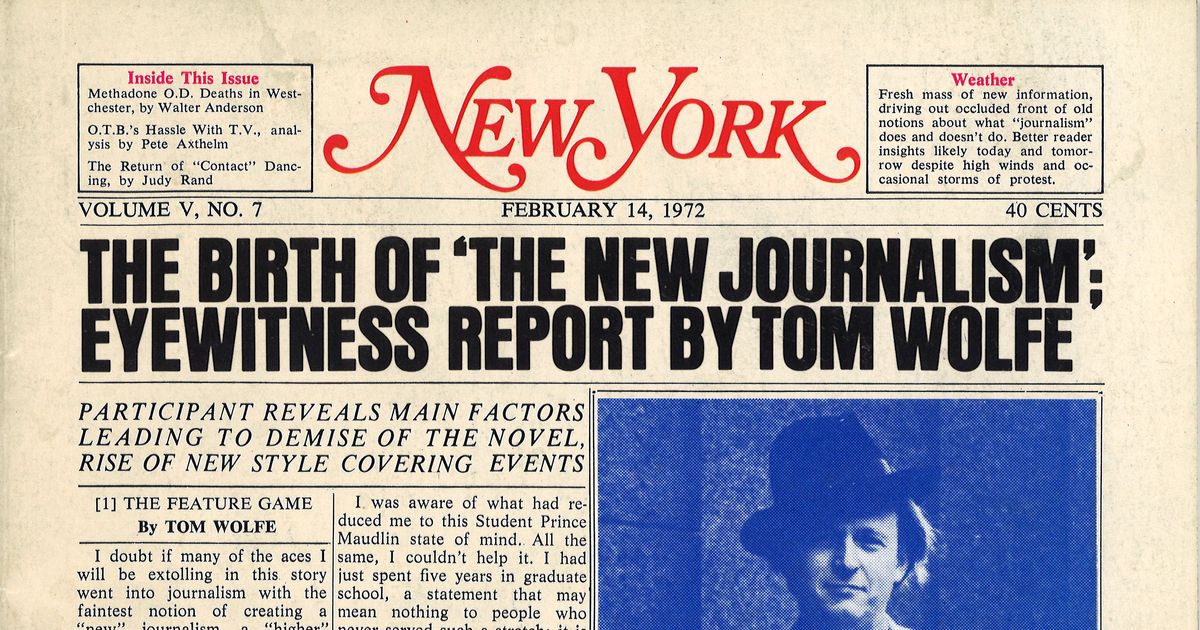About News Articles
Table of ContentsNews Articles Fundamentals ExplainedGetting My News Articles To WorkRumored Buzz on News Articles5 Easy Facts About News Articles ShownOur News Articles Ideas
Good understanding of different subjects gives pupils an one-upmanship over their peers. Even though digital and social media sites are readily obtainable, we ought to not forget exactly how vital it is to review the papers. Parents need to try and instill the routine of checking out a paper as an everyday routine to continue the legacy of the revered print medium.Newspaper article additionally contain at the very least one of the adhering to crucial characteristics about the intended target market: closeness, prestige, timeliness, human rate of interest, oddity, or consequence. The related term journalese is often used, generally pejoratively, to describe news-style writing. Another is headlinese. Newspapers typically adhere to an expository writing style.
Within these limitations, newspaper article also aim to be thorough. Various other factors are entailed, some stylistic and some obtained from the media kind. Among the bigger and much more revered papers, fairness and equilibrium is a significant consider presenting information. Commentary is normally confined to a different section, though each paper may have a various total angle.
Papers with an international target market, for example, tend to use a much more formal design of creating. News Articles.; typical design guides consist of the and the US Information Design Book.
The Best Strategy To Use For News Articles
As a guideline, reporters will certainly not make use of a long word when a short one will certainly do. News writers attempt to prevent making use of the very same word much more than when in a paragraph (in some cases called an "resemble" or "word mirror").
Headings in some cases leave out the subject (e.g., "Leaps From Watercraft, Catches in Wheel") or verb (e.g., "Cat woman lucky"). A subhead (additionally subhed, sub-headline, subheading, caption, deck or dek) can be either a secondary title under the primary headline, or the heading of a subsection of the short article. It is a heading that precedes the primary message, or a team of paragraphs of the primary message.

Additional signboards of any of these kinds may show up later on in the write-up (specifically on succeeding web pages) to entice further reading. Such billboards are additionally utilized as guidelines to the article in other sections of the magazine or site, or as promotions for the piece in various other publication or websites. Normal structure with title, lead paragraph (recap in strong), other paragraphs (information) and contact info.
Example of a hard-lead paragraph NASA is suggesting one more area task. The agency's a fantastic read budget demand, announced today, consisted of a strategy to send one more goal to the Moon. This time around the company wishes to establish a lasting center as a jumping-off place for various other room journeys. The spending plan requests about $10 billion for the task.
The NASA news came as the company requested $10 billion of appropriations for the project. An "off-lead" is the 2nd essential front page news of the day. The off-lead appears either in the leading left edge, or directly listed below the lead on the. To "hide the lead" is to start the post with background details or information of second relevance to the visitors, forcing them to check out even more deeply right into a write-up than they need to need to in order to find the important factors.
The Single Strategy To Use For News Articles
Typical use is that or more sentences each create their own paragraph. Reporters typically define the organization or structure of a news story as an upside down pyramid. The vital and most intriguing components of a tale are placed at the beginning, with sustaining information following in order of decreasing value.
It allows people to check out a topic to just the deepness that their inquisitiveness takes them, and without the imposition of details or subtleties that they can think about unimportant, yet still making that details readily available to extra interested visitors. The inverted pyramid structure likewise enables short articles to be cut to any approximate length throughout format, to suit the area readily available.
Some writers begin their stories with the "1-2-3 lead", yet there are many kinds of lead offered. A kicker can refer to several things: The last tale in the information broadcast; a "satisfied" tale to end the show.
Longer posts, such as publication cover articles and the pieces that lead the inside sections of a newspaper, are called. Attribute tales differ from straight information in several ways. Foremost is the lack of a straight-news lead, most of the moment. Rather of supplying the significance of a story up front, attribute authors might try to entice visitors in.
The Of News Articles
A feature's initial paragraphs typically connect an intriguing minute or occasion, as in an "unscientific lead". From the details of a person or episode, its sight rapidly broadens to generalities about the tale's subject.

The Editor's Tool kit: A Reference Overview for Beginners and Professionals (2001) Allan article source M. Siegal and William G. Connolly. The New York City Times Handbook of Design and Use: The Authorities Design Guide Used by the Writers and Editors of the World's A lot of Authoritative Paper (2002) M. L. Stein, Susan Paterno, and R.